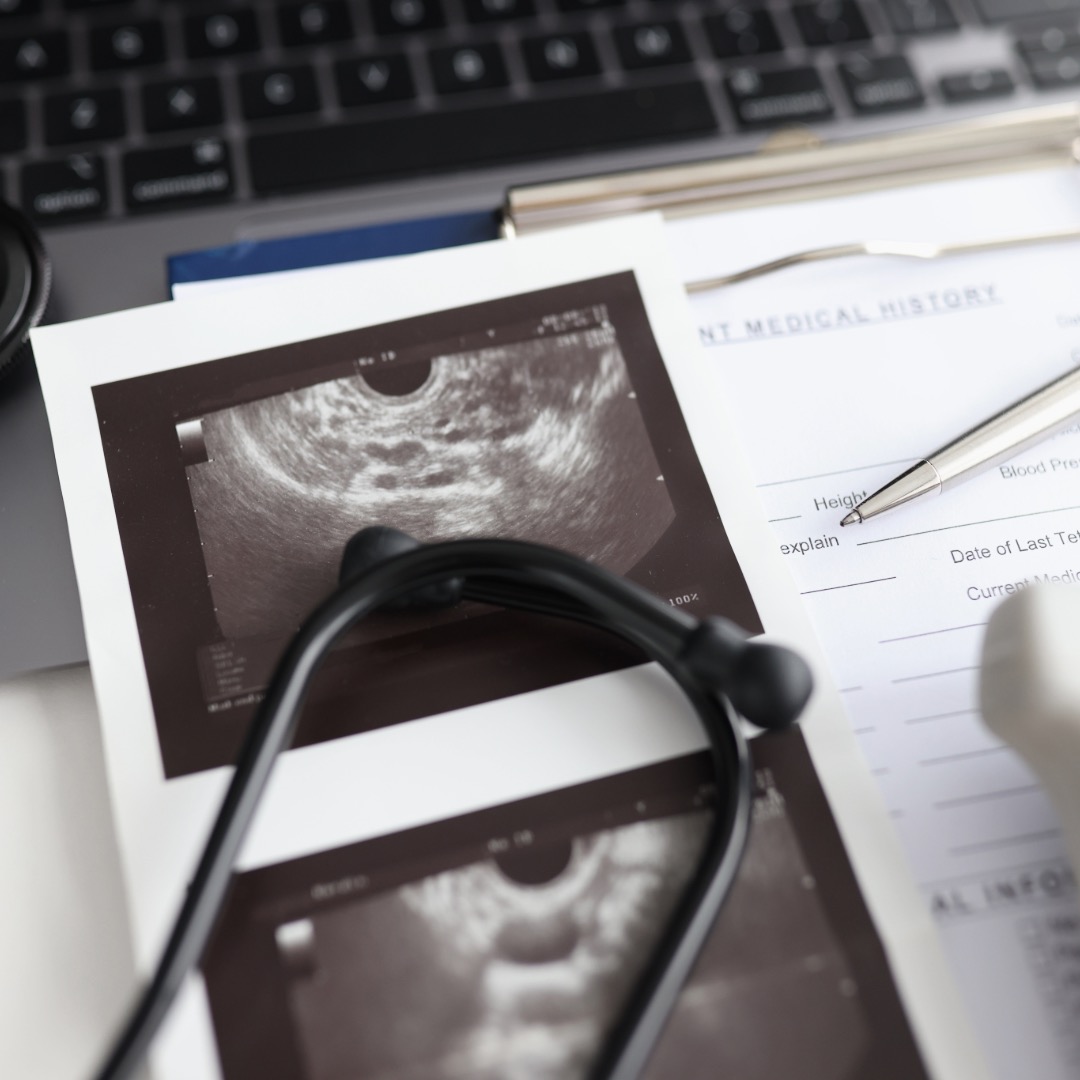Saline infusion sonohysterography (SIS or SHG) is a procedure to evaluate the uterus and the shape of the uterine cavity. SHG uses ultrasound and sterile fluid to show the uterus and endometrial (uterine lining) cavity. The purpose is to detect any abnormalities on the inside of the cavity (i.e. polyps, fibroids).
SHG can be done to investigate conditions such as abnormal uterine bleeding, infertility, and recurrent miscarriage. SHG can also be performed to see the structure of the uterus. This may be done in women with congenital abnormalities (birth defects) of the uterus, before and after surgery on the uterus, or to detect problems that appear later in life such as polyps or suspected scar tissue inside the uterus.
SHG may cause cramping, spotting, and vaginal discharge. Some women have cramping for several hours after the procedure. It is often recommended to take a medication such as ibuprofen before this test. You should call your doctor if you experience pain or fever in the 1–2 days after the SHG.

1. What is a Saline Infusion Sonohysterogram (SHG) and why is it done?
A: A Saline Infusion Sonohysterogram is a diagnostic procedure where saline solution is injected into the uterus through the cervix, and ultrasound imaging is used to view the uterus and its cavity. It helps in identifying abnormalities like fibroids, polyps, or scar tissue that could affect fertility.
2. How should I prepare for an SHG?
A: Preparation may include avoiding sexual intercourse a few days before the procedure, not using tampons, and possibly taking a mild pain reliever before the procedure. Your doctor will give you specific instructions based on your situation.
3. What can I expect during the SHG procedure?
A: The procedure involves inserting a speculum into the vagina, cleaning the cervix, and then inserting a thin catheter through the cervix into the uterus. Saline is injected through the catheter while ultrasound images are taken. It usually takes about 15-30 minutes.
4. Is the SHG procedure painful?
A: Some women experience mild to moderate discomfort during the procedure, similar to menstrual cramps. Pain levels can vary depending on individual tolerance and the complexity of the procedure.
5. What are the risks or side effects of SHG?
A: Risks are minimal but can include infection, spotting, or mild cramping. Severe complications are rare. Your doctor will discuss any specific risks based on your health condition.
6. How should I care for myself after an SHG?
A: Most women can resume normal activities immediately after the procedure. It’s common to experience light spotting or cramping for a few days. Using a heating pad and taking over-the-counter pain relievers can help ease discomfort.
7. How accurate is SHG in diagnosing uterine abnormalities?
A: SHG is highly effective in identifying abnormalities within the uterine cavity and can help distinguish between different types of conditions that could affect fertility.
8. Can SHG help with treatment planning for infertility?
A: Yes, by identifying uterine abnormalities, SHG can provide critical information that helps in creating a more tailored and effective fertility treatment plan.
9. When during my cycle should I schedule an SHG?
A: It’s best to schedule SHG shortly after menstruation ends but before ovulation, usually between days 5 and 10 of your menstrual cycle, to ensure the uterine lining is thin and visibility is at its best.
10. Will I need to follow up after an SHG?
A: Your doctor will discuss the findings with you after the procedure. Based on the results, further tests or a follow-up appointment may be recommended to discuss treatment options or next steps.
